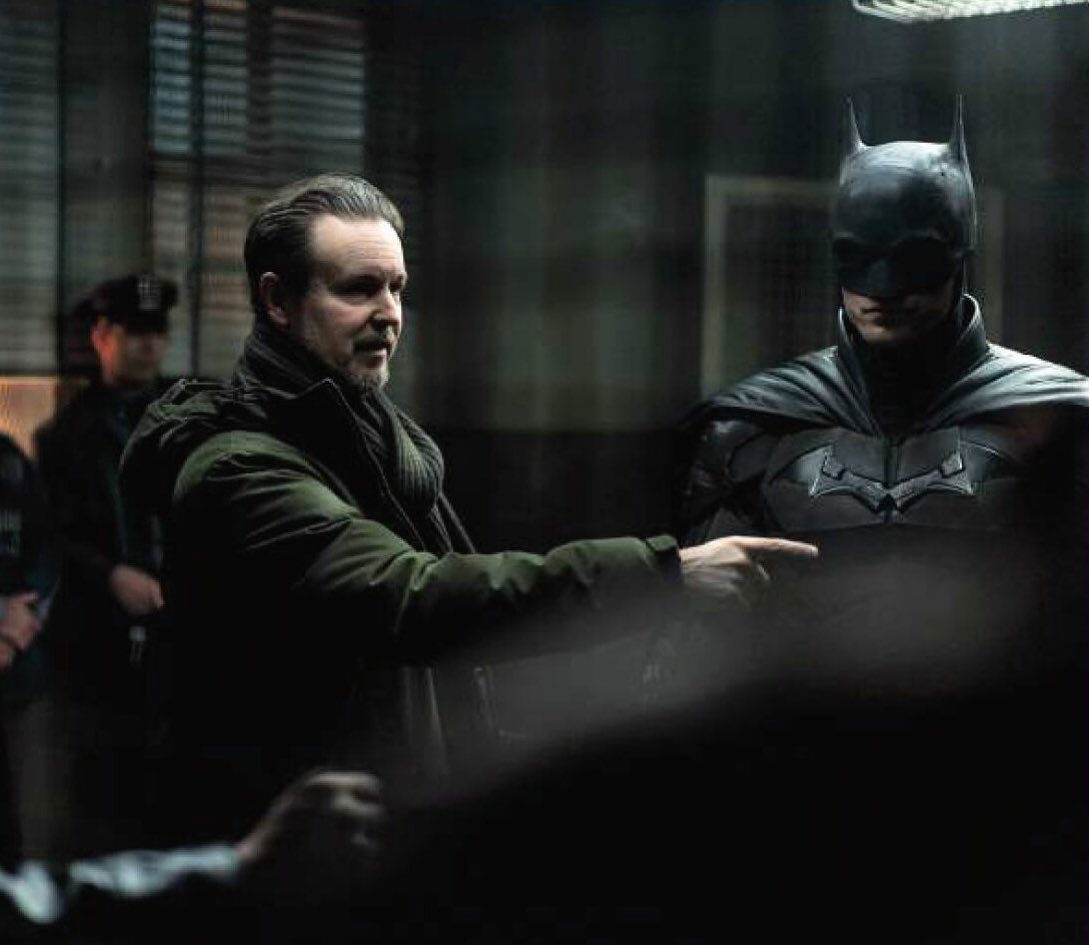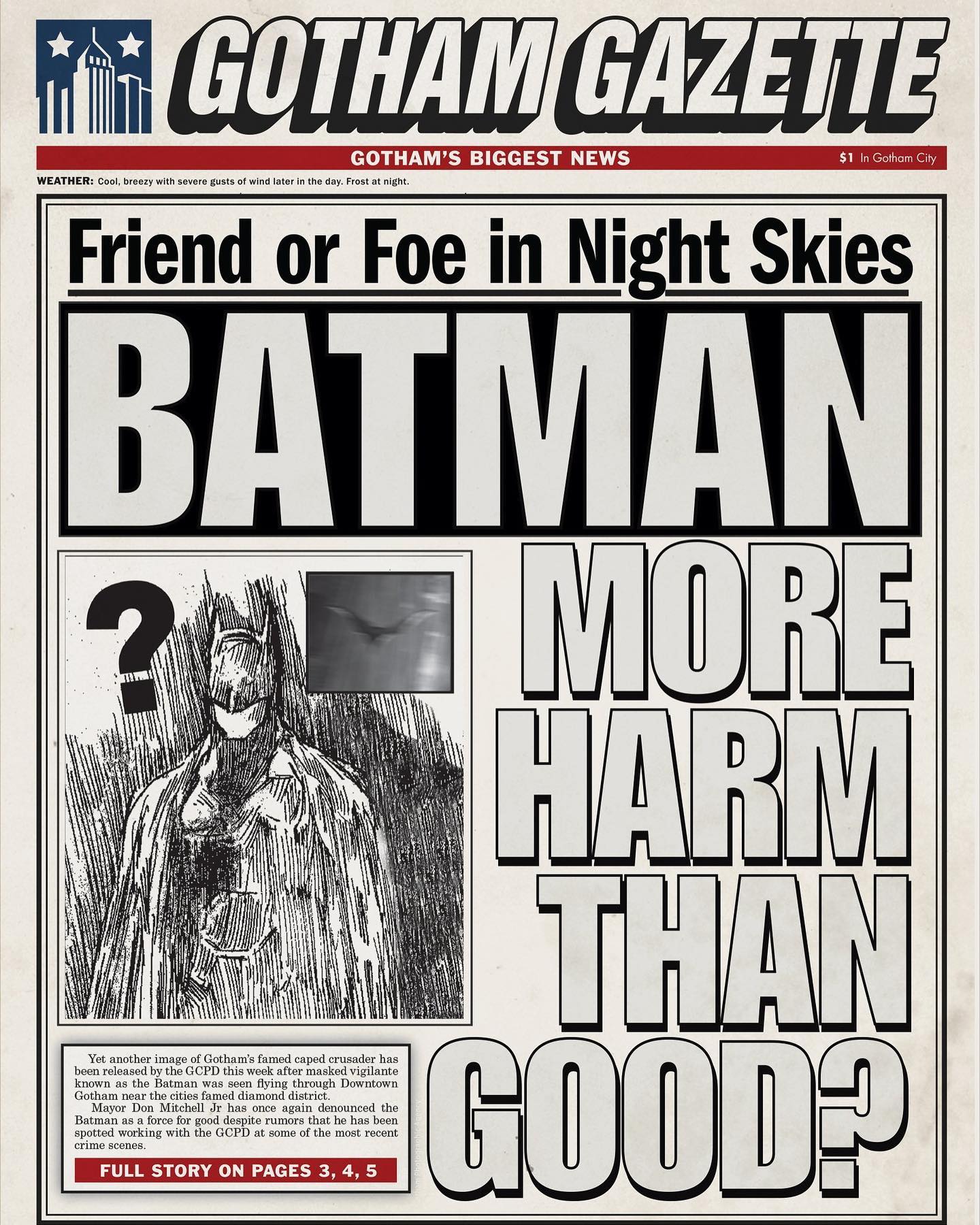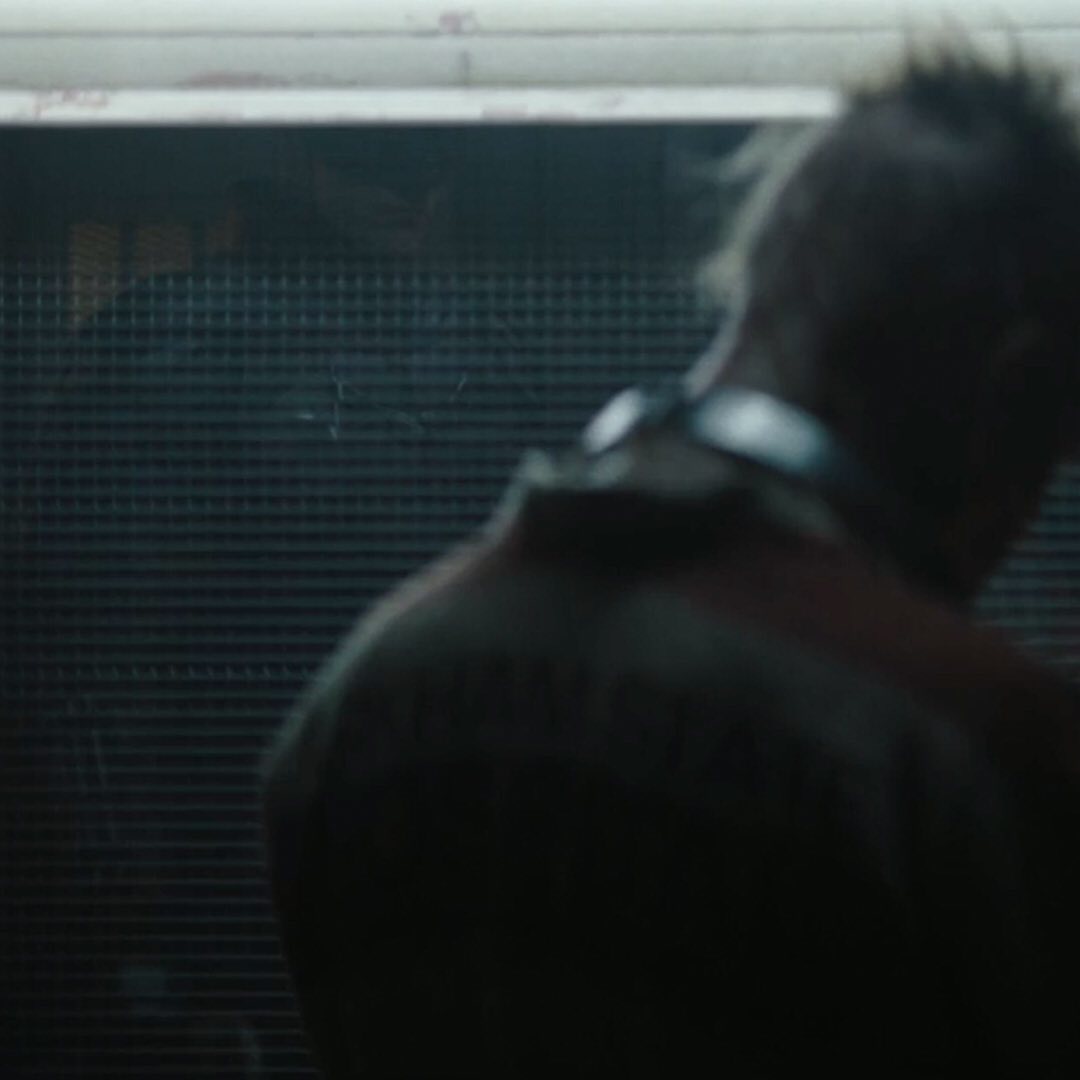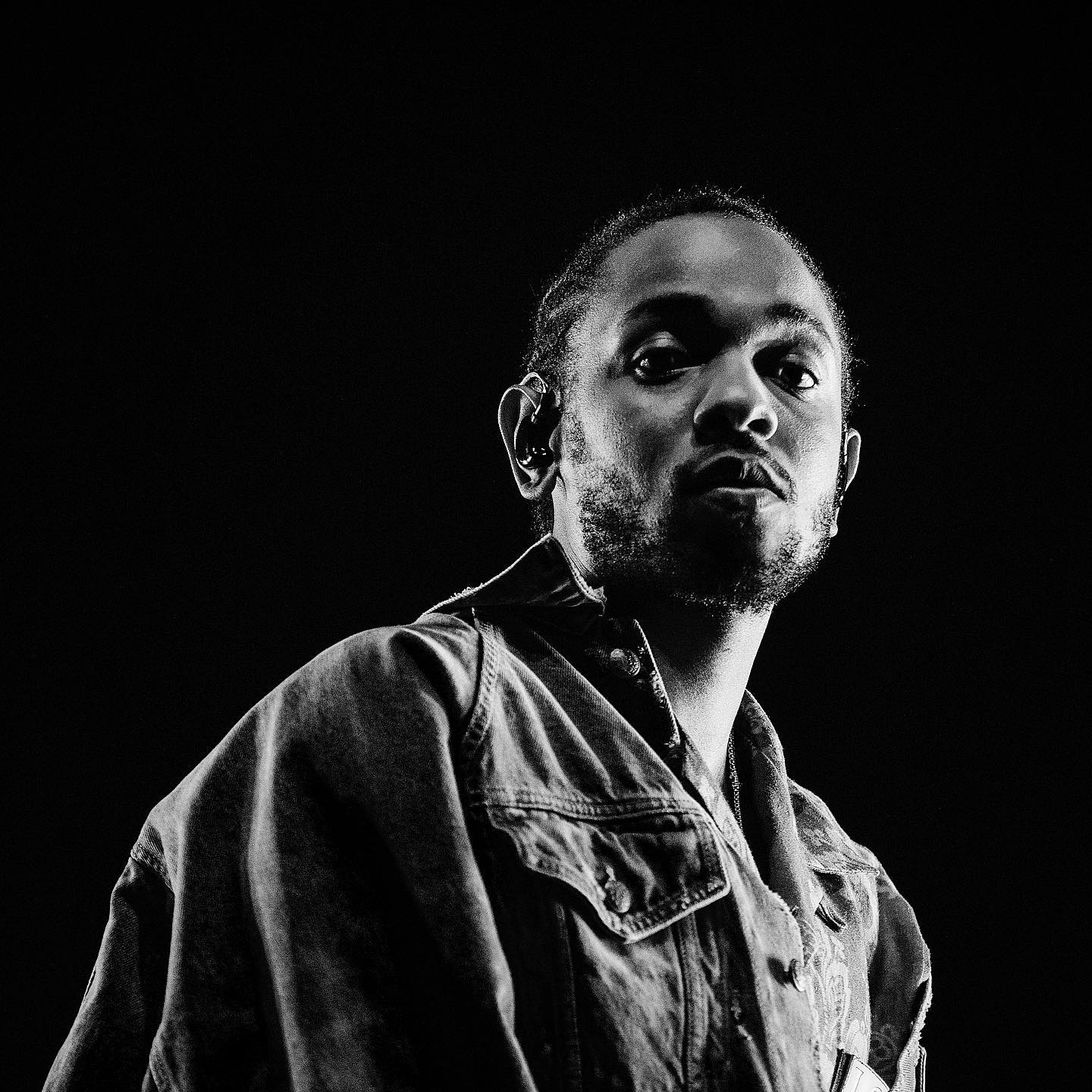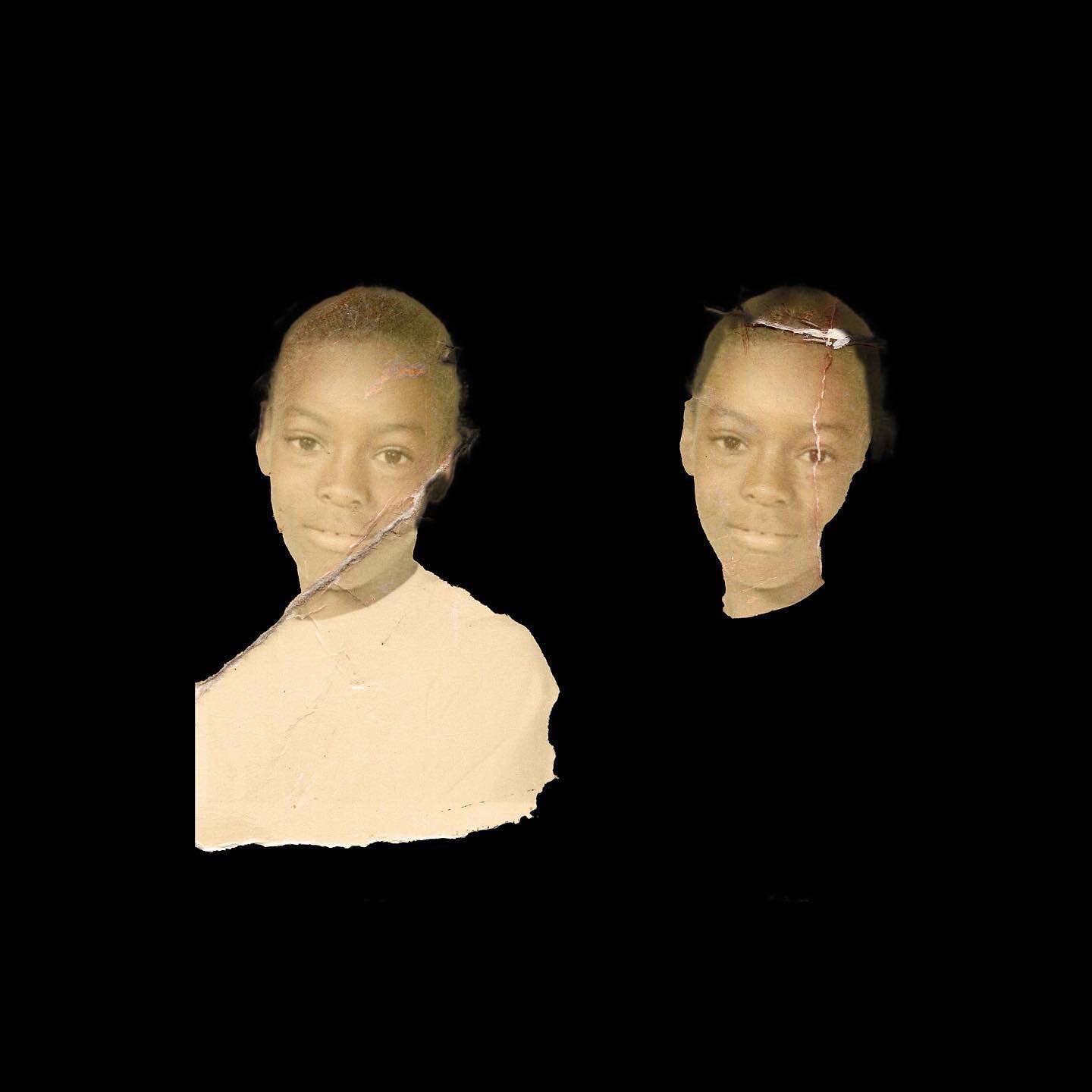In this Facebook movie group I’m in, a fellow group-member — along with many others — had just finished seeing an early screening of Matt Reeves’ highly-anticipated take on the Caped Crusader, The Batman. Some people dug it, and others didn’t. I took everything they said with a grain of salt as to not cloud my own judgement. But this group-member in question said something along the lines of: “This movie has a Fincheresque grittiness to it.”
That group-member had me at hello.
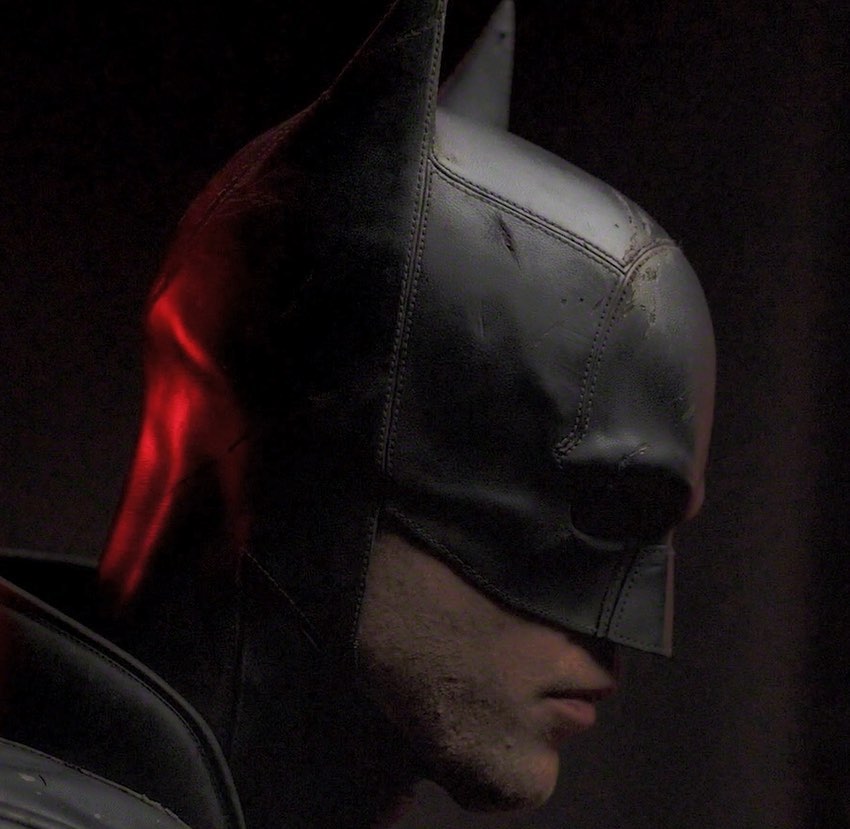
Source: Instagram
The “Fincheresque” descriptor stems from the original aesthetic applied by David Fincher, one of the best filmmakers of the last 30 years and the author of classics from Se7en to Fight Club and Zodiac. Watching the trailers of Reeves’ interpretation, I got that same vibe and was glad to hear someone else provide confirmation to said vibe.
There is plenty I adored about this movie beyond Reeves’ pristine direction; there’s Greig Fraser’s wonderfully dark cinematography, James Chinlund’s gothic production design, and Michael Giacchino’s blaring score. The two separate teams who worked on the editing (William Hoy and Tyler Nelson) and the casting (Lucy Bevan and Cindy Tolan) deserve their flowers too with the film’s movement and acting allowing it to build on its gloomy, realistic atmosphere.
Essentially, this is the kind of Batman movie that I’ve always wanted to have this look and feel. And beyond the grainy artistry, Reeves’ presentation of Bruce Wayne and his alter ego is what caught my eye the most.
I’m not a Batman aficionado; I haven’t any read the comics outside of The Dark Knight Returns and I haven’t seen the animated films. I’m speaking mainly off of the live-action features, and I was pleased to see this version of Bruce Wayne, the parentless adult still finding his way and purpose in the world. We got a spec of it in Christopher Nolan’s Batman Begins, but he gets quickly paired with Ra’s al Ghul before we get to spend any time with this young and melancholic Bruce Wayne. Reeves’ Bruce is a recluse, spending his days in his mansion and Batcave awaiting for the night to come so he can insert himself back into pugilism to rid Gotham of its criminals, whilst dealing with his various personal issues. This Bruce has also been described as emo, which is often seen as a slight to paint a character as one-dimensional and moody, but I felt like it worked in here considering his upbringing, how seriously he takes his status as a woe-is-me orphan, and the 21st-century setting he was brought up in where many can feel simultaneously connected and disconnected in the digital era. His fist being buried in the faces of bad guys is the only connection he seeks, and sadly, finds.
We’ve often seen Batman being assured and fully formed in different iterations (i.e. the Tim Burton and Joel Schumacher versions), but what I enjoyed in The Batman was seeing him slowly walk into a crime scene to find his footing and sense of place. He’s the most intimidating person in the room, yet he’s ridden with insecurity because he doesn’t want to get exposed as the famous billionaire, but he also doesn’t want people to see the scared little boy that’s hiding behind his imposing veneer . This exposure could not only reveal his identity as Bruce Wayne, but his fraudulence as a true detective. So Reeves has Robert Pattinson — one of our finest actors working today — play the Batman like he’s feeling his way through the scenery while not showing his true colours. He never confidently squares himself to anyone during an early scene, which makes sense since Reeves drew inspiration from Batman: Year Two, where our hero is in the early stages of his superhero life cycle. He’s often standing to the side and has the side of his body as the main point of contact. He’s a neophyte in this world, even though considering his hand-to-hand expertise, he can fool people into believing he’s a seasoned vet. The beauty is in how many ways the mask plays a role in Bruce Wayne’s story.
Batman is seen as a hero, but the common yet fair argument against him is people asking a variation of this question: Is Batman really ridding Gotham of its criminals, or is he the cause of these super-villains? I’m not smart smart so I don’t know if the causation vs. correlation hypothesis is relevant here, but it’s a reasonable query to have of the Dark Knight. If Bruce Wayne had simply used his wealth to help eradicate Gotham of its corruption and allowed James Gordon and honourable members of the law to do its job properly, could Gotham become the safe haven Bruce wishes it to be? Or is it all a prophecy and we’re meant to have Batman get on his vigilante role and have these stories be told to us? Another question that arises is “Why is Batman deciding to be judge, jury and executioner?” which is legit and comprehensible. An answer that arises often is Bruce using his privilege as a bored, rich, white man to do whatever he pleases.
I found that Reeves did a good job of not portraying this Batman as an all-out hero. Batman is filled with imperfections and flaws — a good reason why its had its legion of fans for decades now — and there are visual instances where we see our protagonist behind gates and bars. This brings out a couple of feelings, one being that Bruce Wayne feels caged in and can’t escape the cell he’s in (or put himself in), and the second being that the Batman deserves to be in prison since he’s just as bad as the bad guys he’s encountering, causing as much violence and chaos as his foes. Presenting this duality helps the viewer connect more with our main character since we see the complex, imperfect, multi-dimensionality we see in ourselves.
The one shot that stands out, which concludes this trailer, is the Bat Shot (where the Batman is seen walking towards us upside down). It’s followed by Batman bursting out of the flames in his minimalist Batmobile (like a bat out of hell) before causing the Penguin to flip upside down. As we see the Penguin’s face be overcome with fear, with Giacchino’s music blaring, we’re supposed to cheer our hero for bringing this villain to justice. But it’s to Batman’s “justice” that he’s brought to, done so in undemocratic fashion. The genius in Giacchino’s instrumentality is how it can be easily deployed for a hero’s entrance just as well it can be attributed to a villain. Seeing the Batman upside down symbolizes his becoming of his fear of bats — coinciding with criminals’ fear of the Batman — but it’s also an indication of Batman flipping Gotham upside down. Things were bad before his inception, but his arrival may have made things worse.
The thrilling part about this legendary story is we see Batman try and rectify everything through his trials and tribulations. The other thrilling part is that we get to see Pattinson grow into the billionaire-playboy version of Bruce Wayne and an improved version of “The World’s Greatest Detective”, if Warner Bros. stays out of Reeves’ way and allows him to cook in his kitchen in peace with a trilogy. The Cloverfield director showed how much Batman isn’t too different than his foes, while hinting what a true hero is and should be. It’d be exciting to see Reeves and Pattinson have the ability to act out the enthralling complexities of the Dark Knight.



